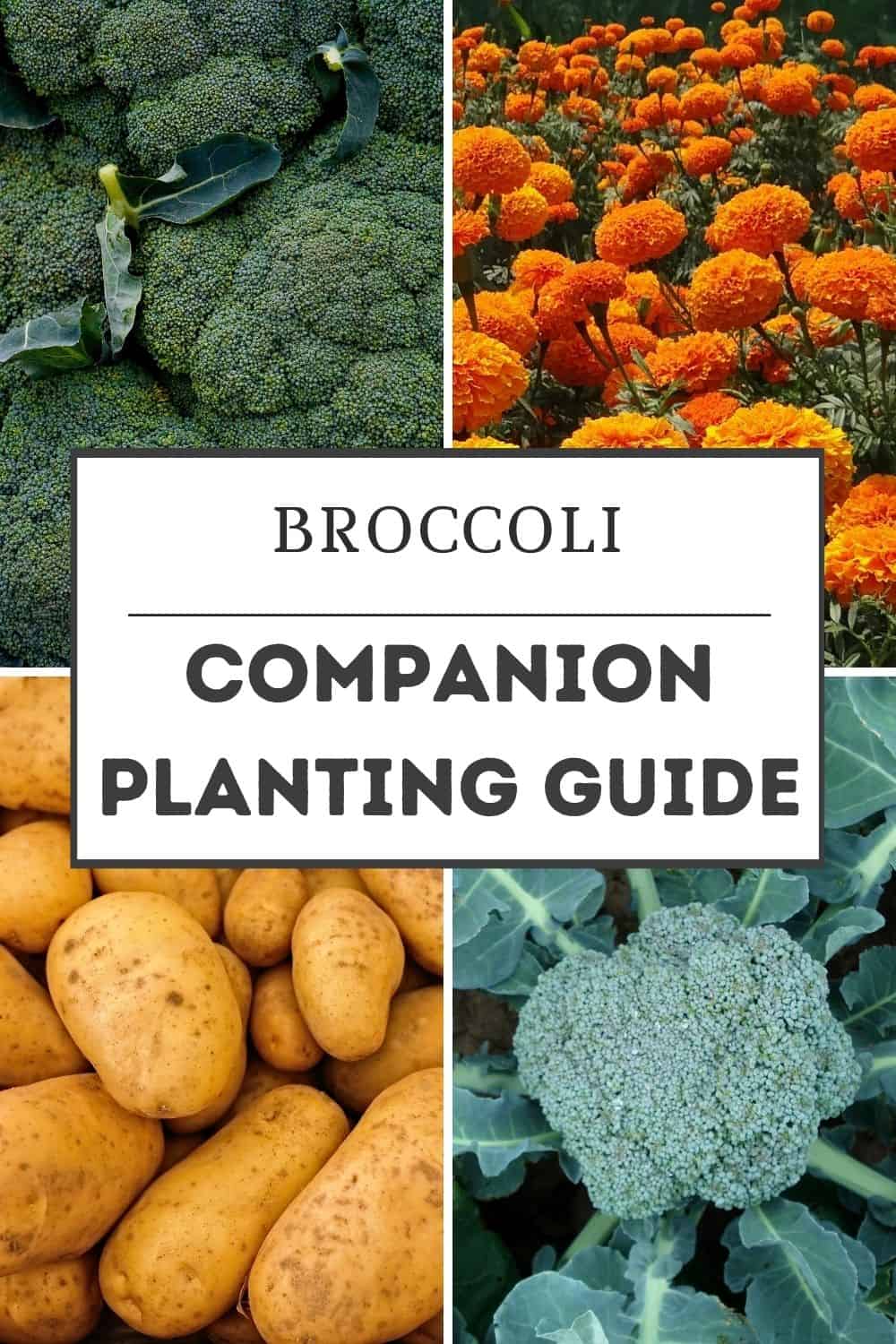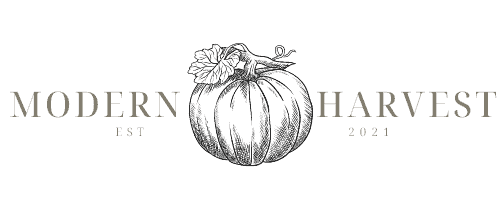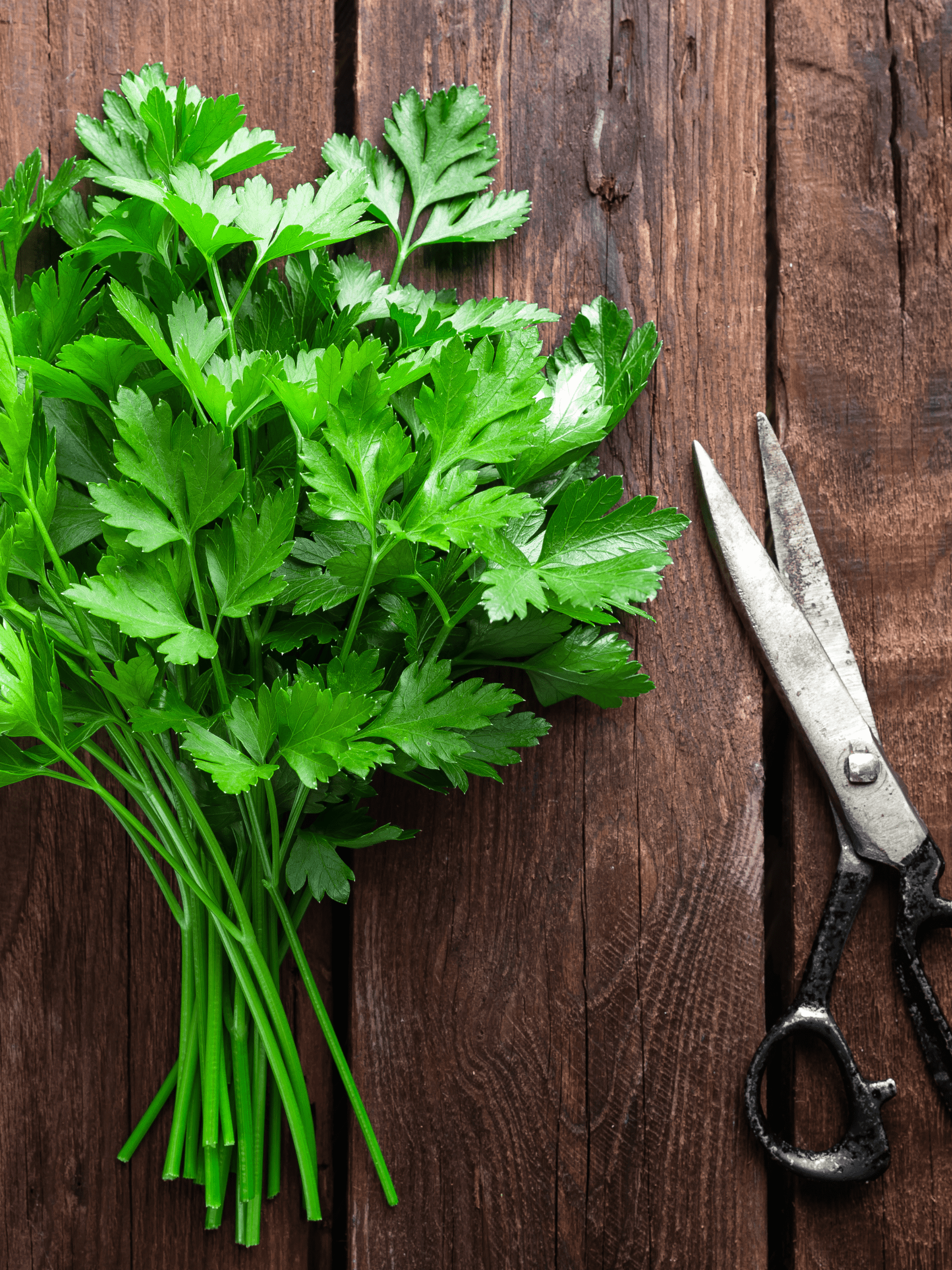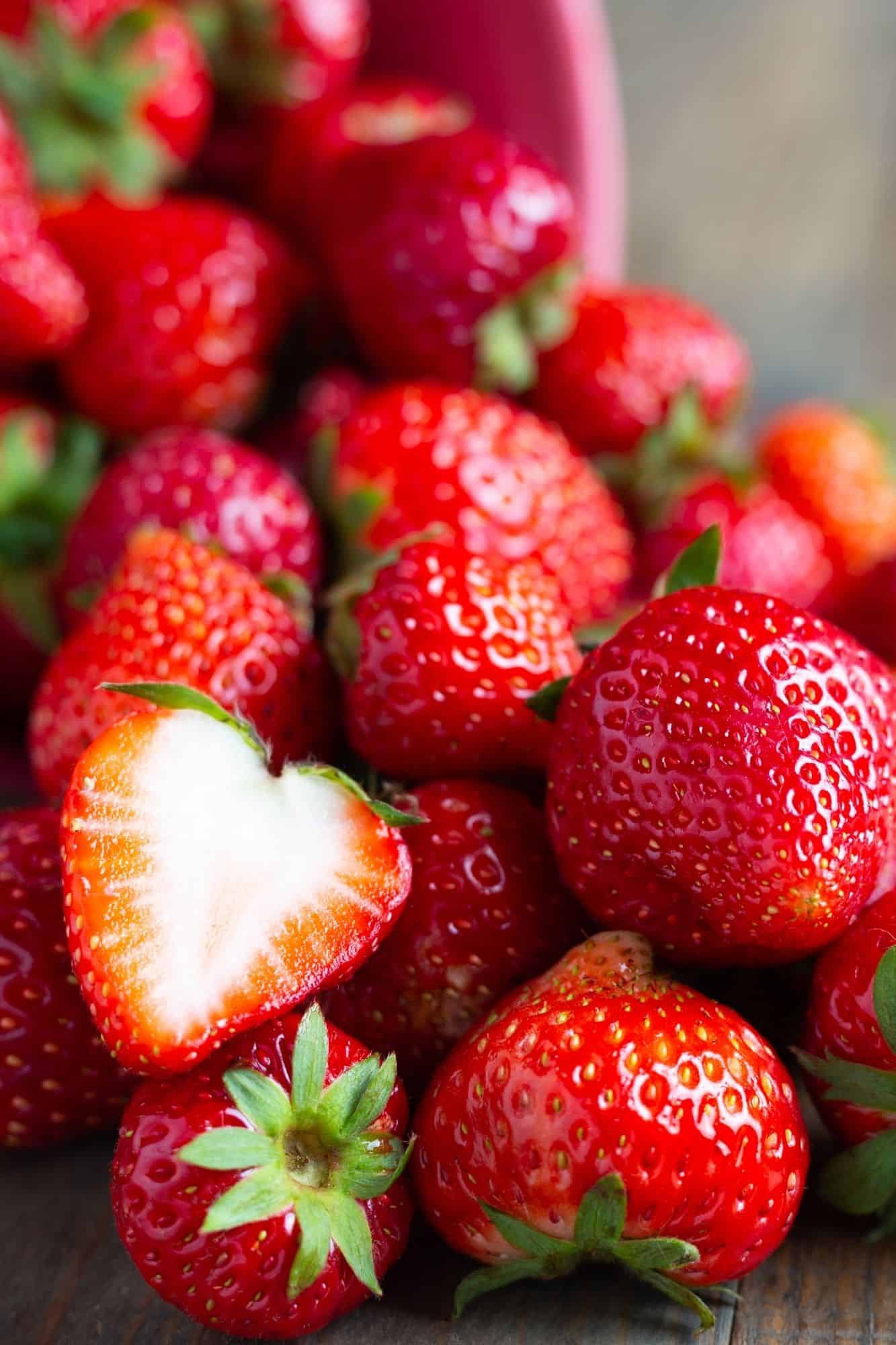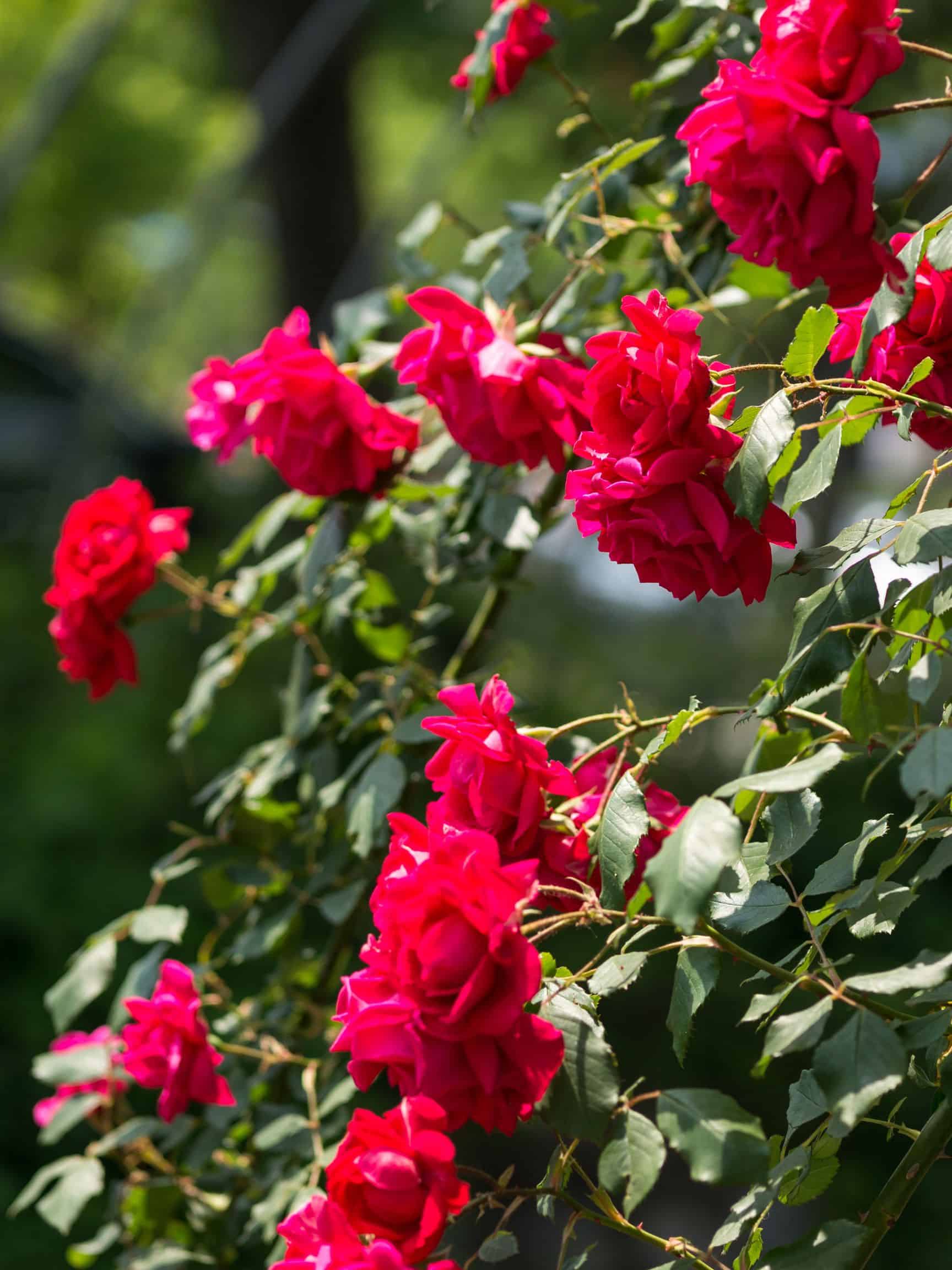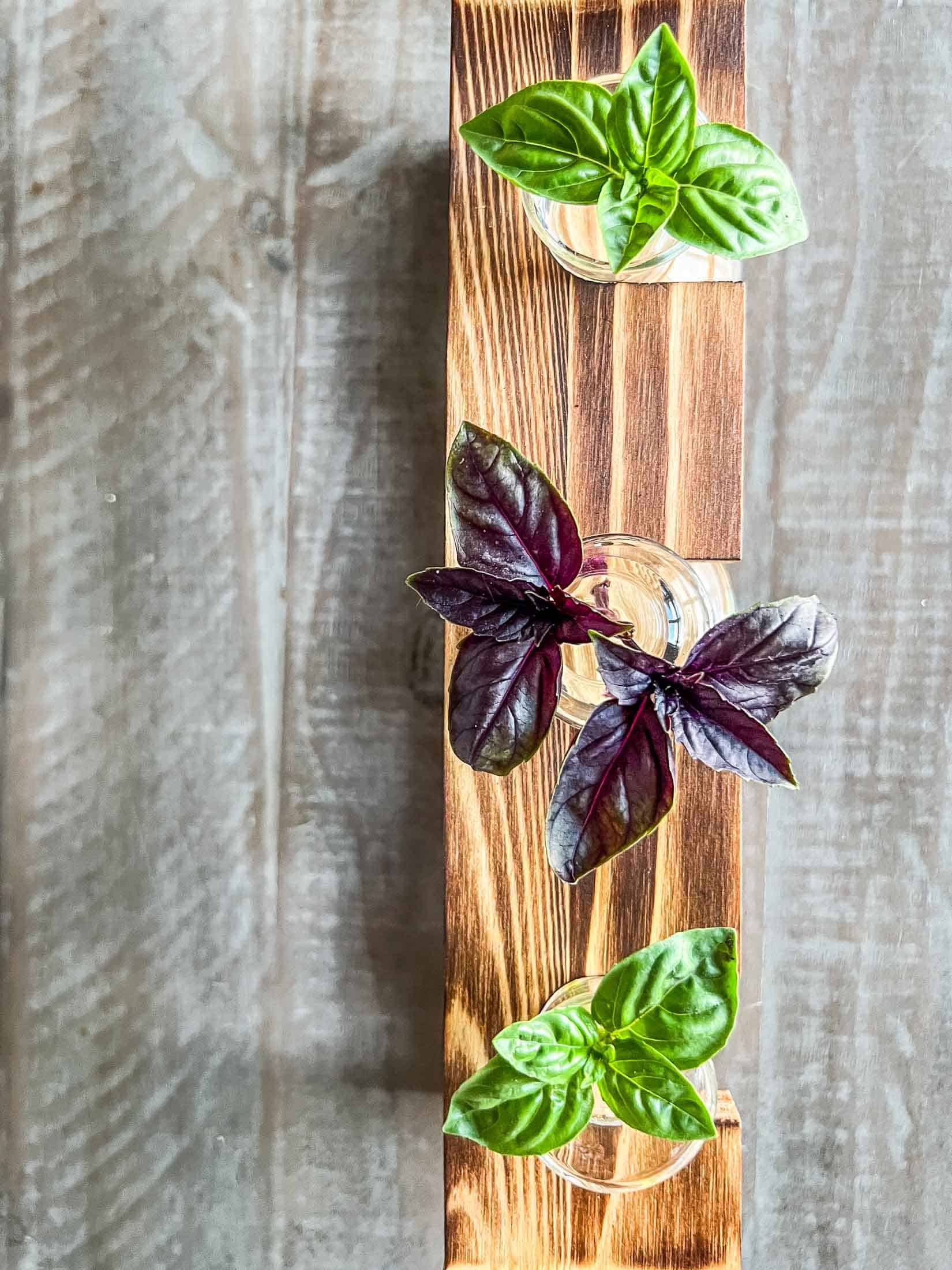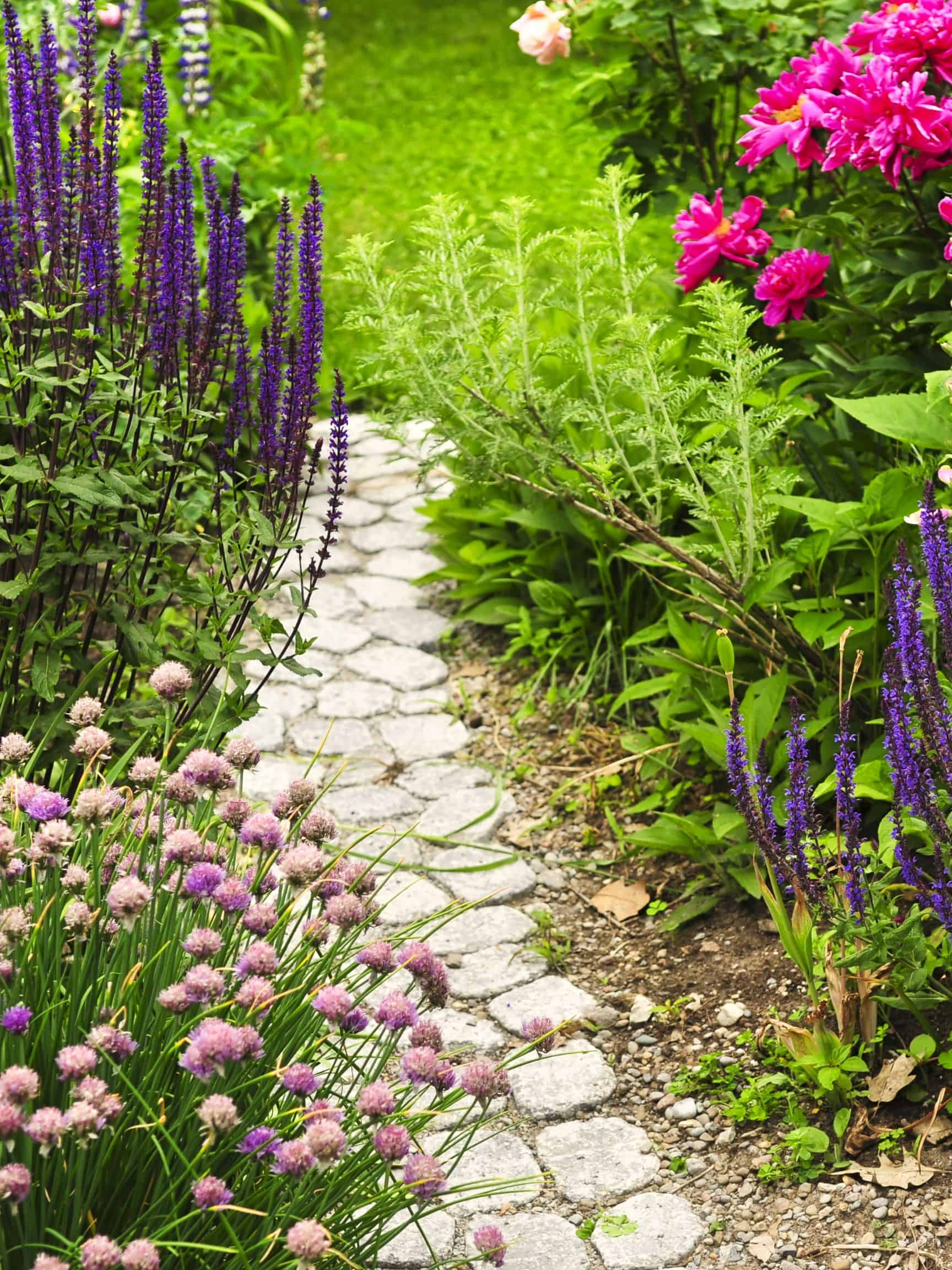Broccoli Companion Plants – A Guide for What & What NOT to Plant
Read on to find out exactly what broccoli companion plants will work best for you in your vegetable garden or flower bed! This broccoli companion planting guide will encourage your brassica's growth, enhance flavor, and will help to deter unwanted pests such as aphids and cabbage loopers. Find out what plants make great companions and what plants make bad companions for broccoli (Brassica oleracea).
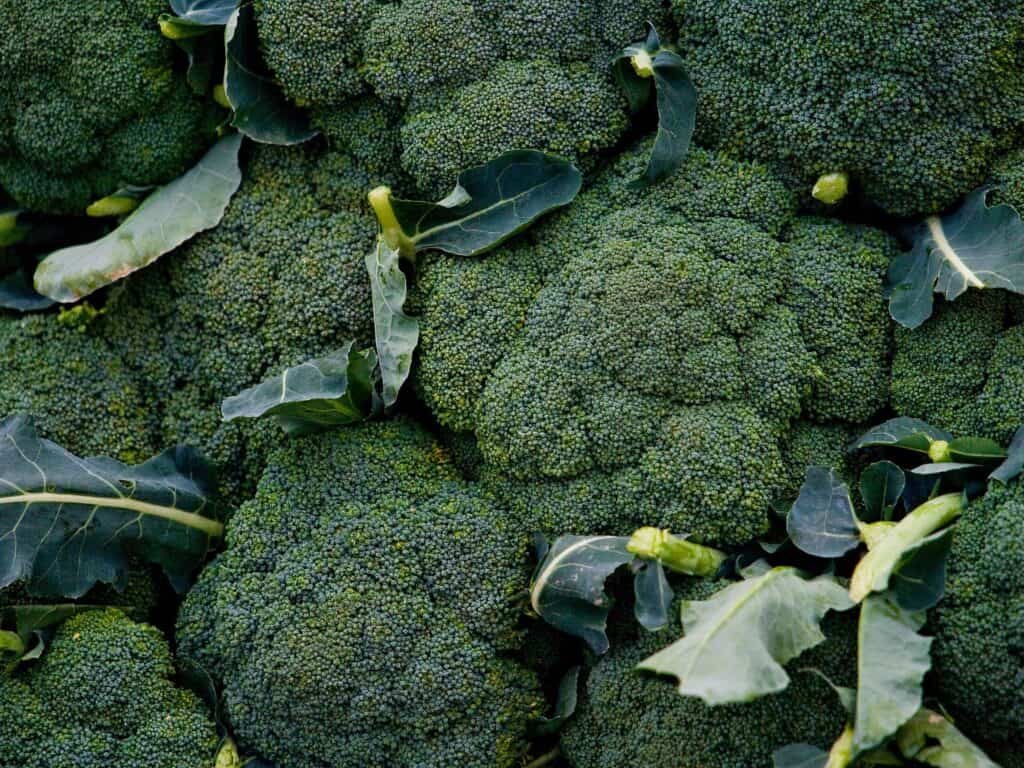
All About Broccoli
Broccoli is ready in 50-90 days depending on the variety. Amadeus broccoli is an example of short season broccoli and can be sown in early spring and is ready for harvest in around 60 days. Long season varieties such as Romanesco can take closer to 100 days to get to maturity. They require 6 hours of sunlight per day. These brassicas originated in Italy and have been cultivated for thousands of years. Broccoli is versatile as an ingredient and can be eaten raw or cooked as a stand alone side, in pastas, stir fry, soups, and roasted with other vegetables.
It is grown best in USDA growing zones 2-11… although on either end of the spectrum, precautions may need to be taken to protect the plants from scorching heat or sub zero temperatures. Broccoli loves cool weather. They grow well in moist, fertile soil that has a PH of 6.0-7.0 and should be spaced at least 12-18 inches apart per plant and 2-3 feet in between rows. There are several varieties of broccoli, including Purple Sprouting, Romanesco, and sun king (heat tolerant), and Belstar.
When choosing companion plants for broccoli, it’s essential to consider their growth habits, nutrient requirements, and pest susceptibility. By keeping permaculture concepts in mind and selecting the right companion plants, you can create a healthy and productive garden that will benefit all your plants.
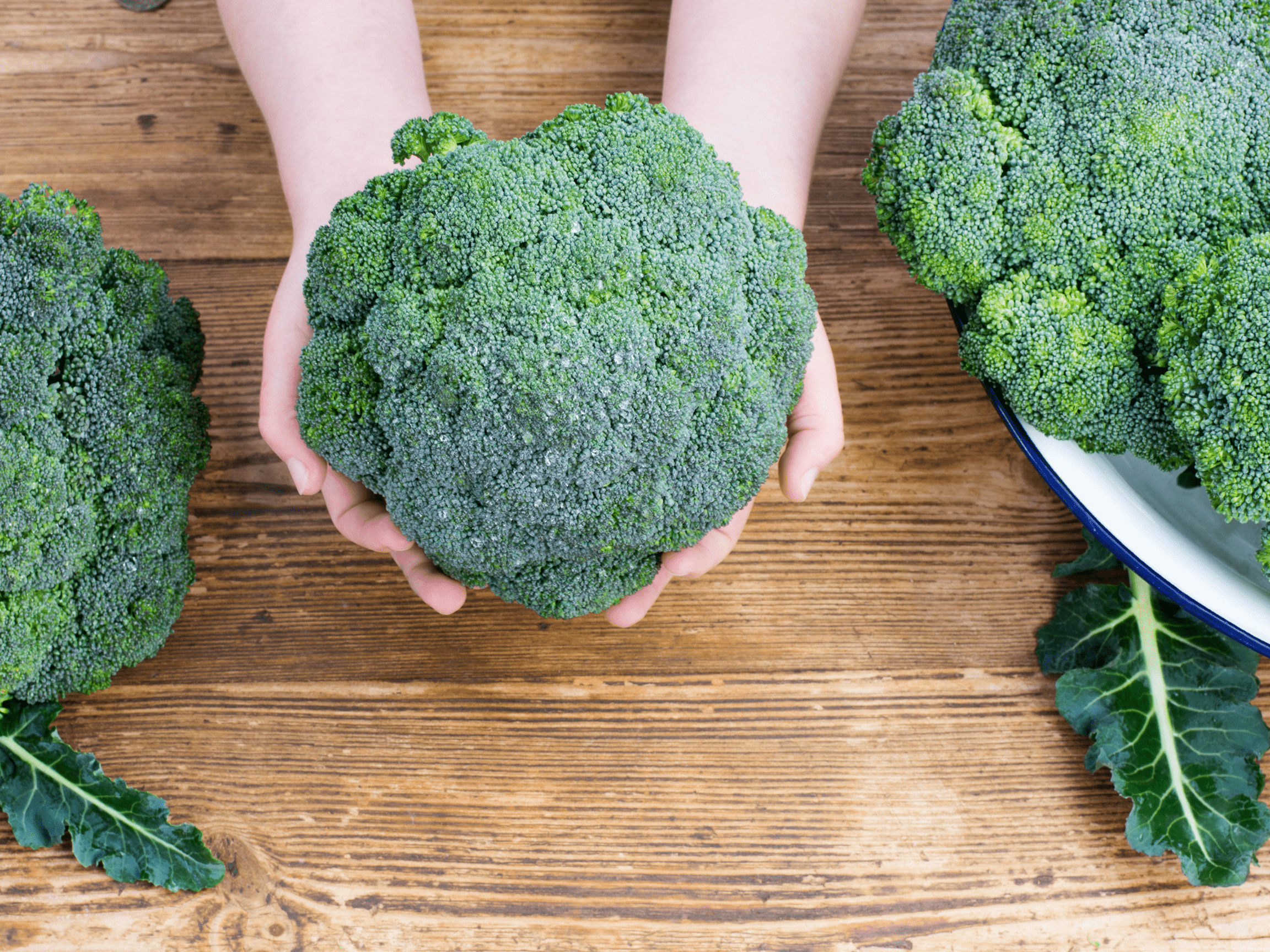
What Is Companion Planting?
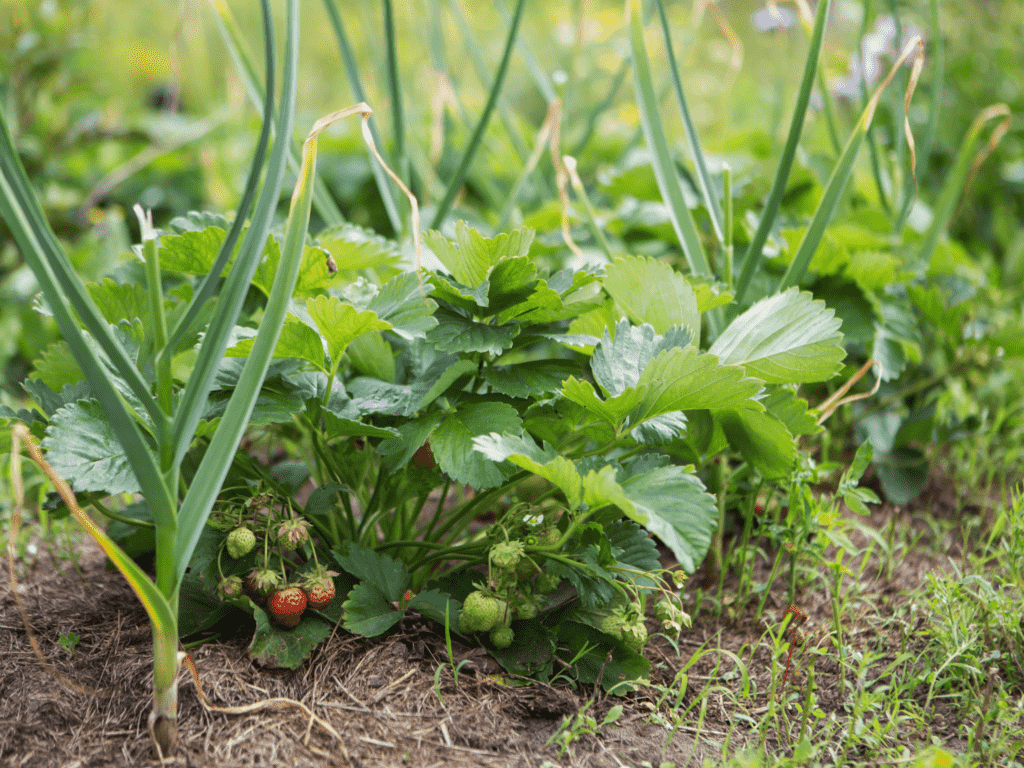
Companion planting is a simple gardening technique that helps to get the most out of your vegetable or flower garden- more specifically your broccoli! It involves planting different species of plants close to each other for mutual benefit.
Whether growing large amounts of broccoli or smaller patches, it is important to keep companion planting in mind. Companion planting is a tried and true method combining science and traditional lessons handed down over multiple generations to maximize the health and efficiency of your plants.
Gardening with companion planting in mind can help you to encourage nutrient uptake, encourage pollination, deter pests, attract beneficial insects and pollinators and provide shelter or a space to climb. Companion gardening stretches beyond the confines of small-scale conventional gardening to orchards, food forests, trees and shrubs, grains, grasses, and other field crops. If you are aiming for a bumper crop of home-grown broccoli, this guide is for you!
What Are The Benefits Of Companion Planting With Broccoli?

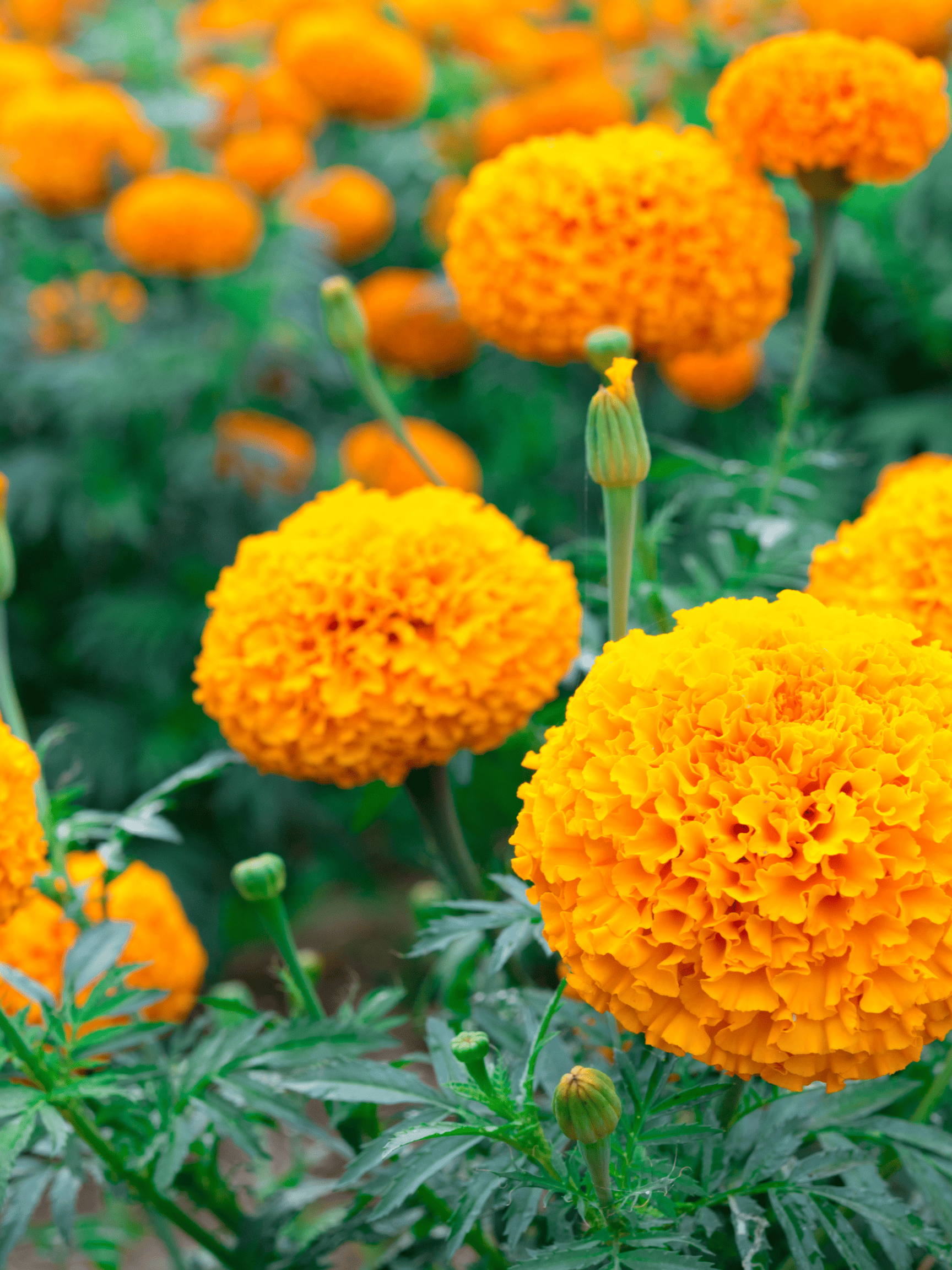
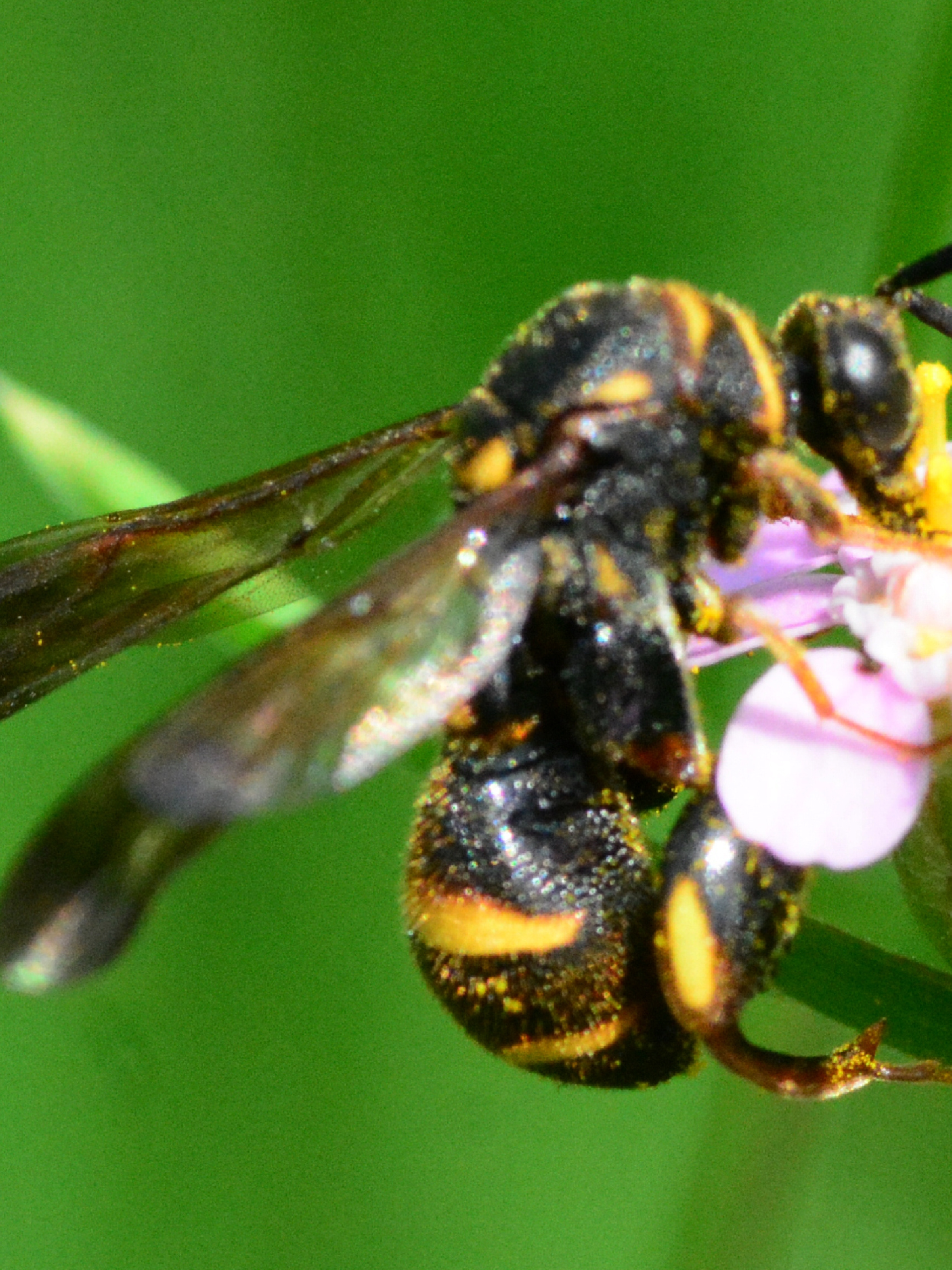
Weed Prevention: Certain crops provide fast growing ground cover that help to suppress surrounding weeds. Try to alternate upright crops with sprawling plants to keep weeds at bay in your garden. Be mindful not to choke out your broccoli seedlings in their early stages with sprawling plants like cucumbers. Cucumbers are especially good at providing ground cover for neighbouring plants. Consider planting low lying cover crops like clover around broccoli sprouts to help provide protection in the early stages of growth.
Nutrient Provision: An appeal of using a polyculture type of approach and planting different plants next to each other is that the plants wont be competing for the exact same nutrients. Certain plants add needed nutrients into the soil and help neighbouring plants to thrive. Legumes are considered “givers” and include plants like peas, beans, clover and alfalfa. They have deep roots that fix nitrogen into the soil. Planting these next to heavy feeders that use up nitrogen (broccoli is considered a heavy feeder) will create the perfect growing conditions for your crops to thrive.
Trap Cropping: Placing certain bug-appealing plants near other susceptible plants can help to attract pests away from fragile crops and allow them to feed on others that won’t be harmed or aren’t as important. Planting the trap crop ahead of your target crop will ensure the pests stay away from delicate seedlings. Once the trap crop is infested, you can remove it along with the pests.

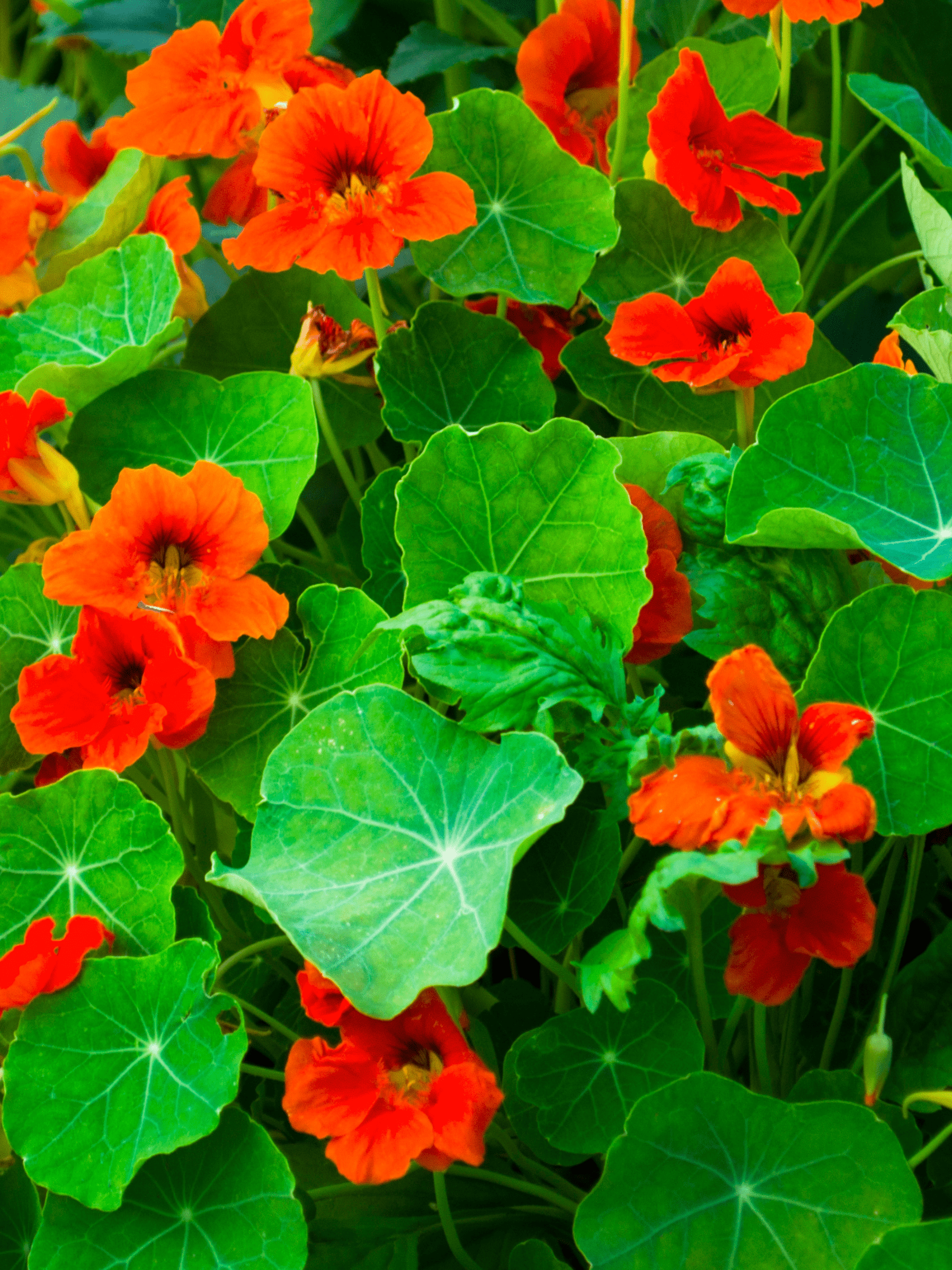
Beneficial Insect Attraction: Certain plants can help to encourage bees, ladybugs, and other beneficial insects to frequent the area. Bright and attractive plants such as Borage attract pollinators and other beneficial predatory insects to neighbouring crops. When thinking of broccoli companion plants, consider choosing bright, flowering plants.
Pest Suppression: Mixed scents from different plants can help to repel insects (mostly small, egg laying flies) from laying on neighbouring plants. Certain herbs and flowers can prevent pesky worms, nematodes, repel cucumber beetles, and other fungi. The oil from Marigolds has been proven to be a form of pest control for many different pests.
Protective Shelter: Fragile plants or plants with very specific needs can be benefitted from the shelter that surrounding plants may provide. Companion plants can provide shade, a wind barrier, and a canopy to protect lower plants from rain, hail, and even frost.
Natural Supports: Strong, tall plants such as sunflowers and corn offer trailing plants or low growing plants like peas and cucumbers a strong trellis-like support to climb and spread. Avoid planting these kind of crops next to broccoli to avoid large competing root systems and plants that will shade your broccoli too much.
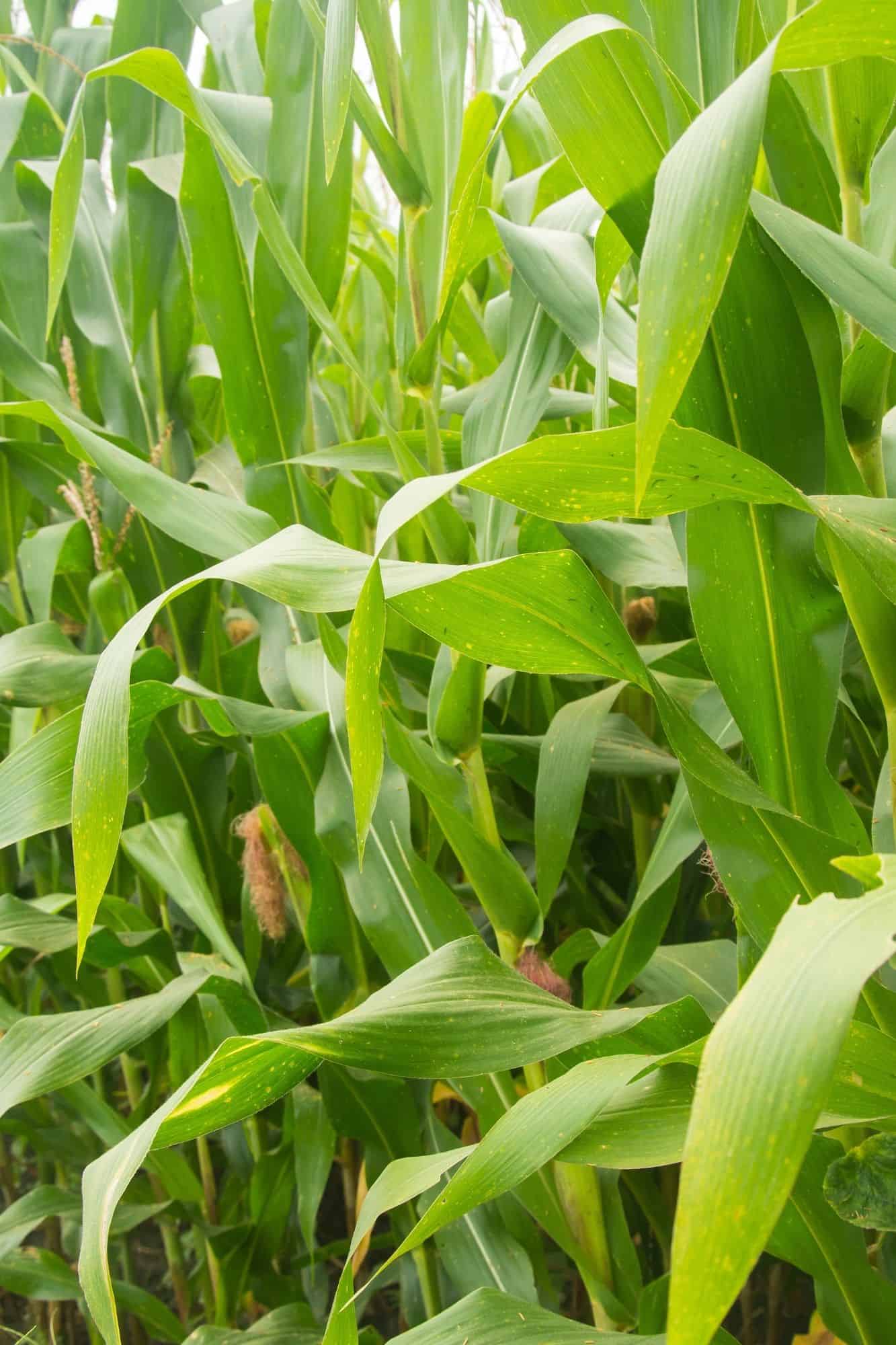

Broccoli Companion Plants
Beets: Beets use alternate growing spaces compared to broccoli, making competition for nutrients and space different. Broccoli uses a lot of calcium vs beets who use very little. Be sure if you are planting beets next to broccoli that you leave enough room in between the two plants that the broccoli doesnt shade or choke out the beet greens.

Celery: Celery is rumored to improve the flavor of broccoli. In addition, it benefits from being shaded and cooled by the large broccoli leaves. Be sure to leave enough growing space that each plant has room to thrive (18-24 inches)
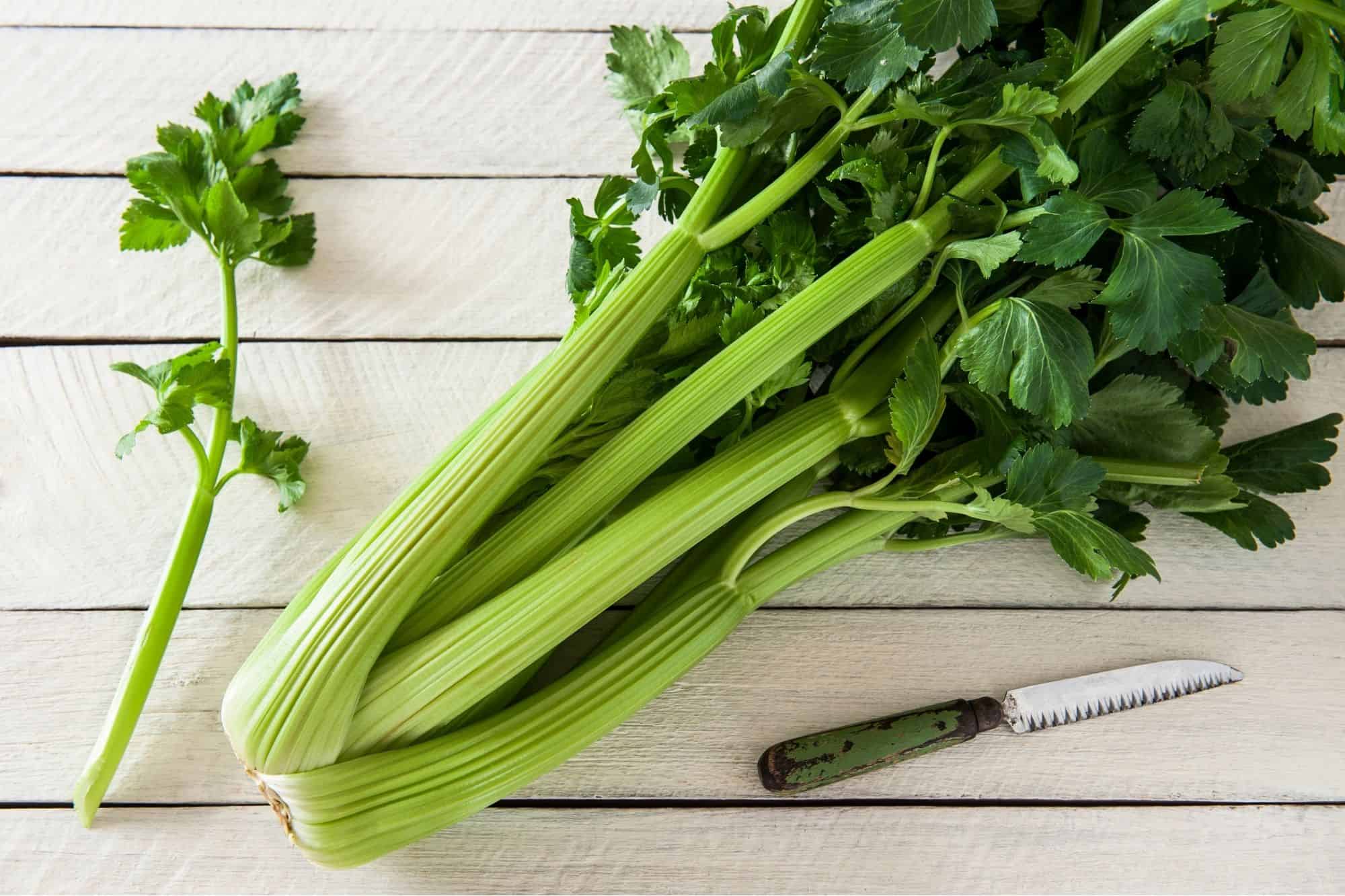
Related: Celery Companion Plants
Rhubarb: Rhubarb’s strong scent helps to deter whiteflies from taking up refuge on neighboring broccoli plants. Rhubarb’s large leafs will help to add shade and keep soil temperature more constant when planted by broccoli, lessening heat stress in the hot summer months.
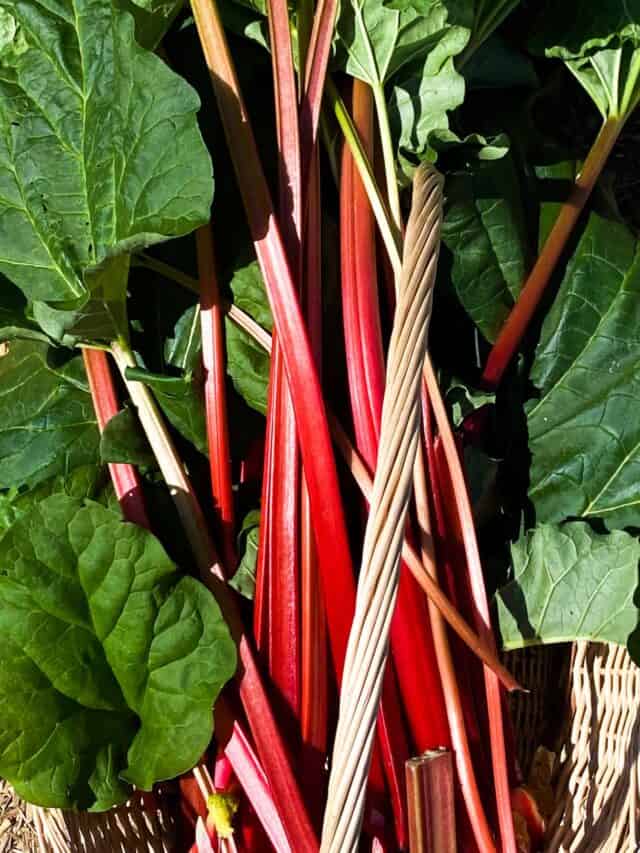
Related: Rhubarb Companion Plants
Onions: Much like celery, onions and other alliums are said to improve the flavor of Broccoli when planted nearbye.
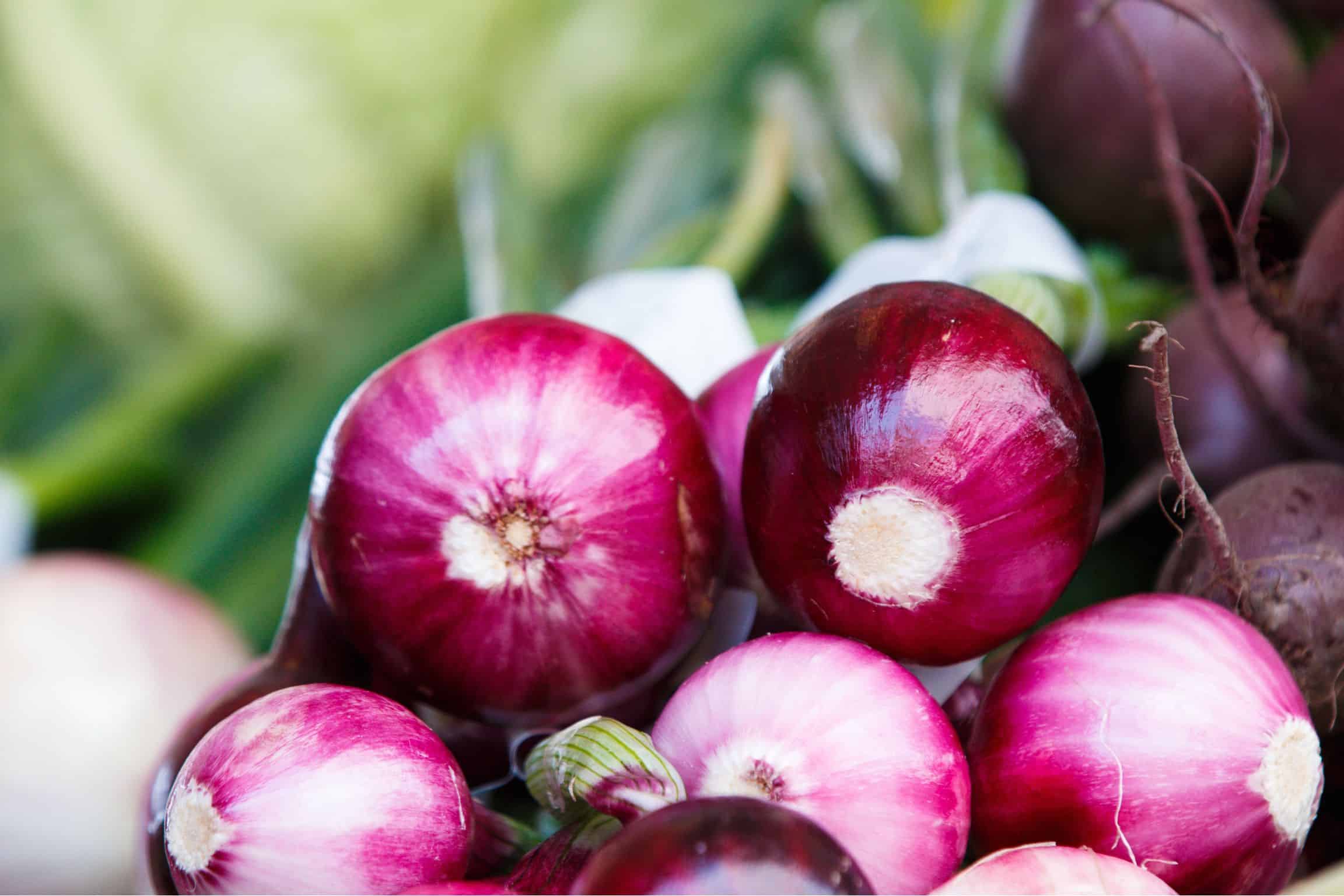
Leafy Greens: Leafy greens like spinach, lettuce, and swiss chard benefit from the shade and even soil temperatures that broccoli plants provide. The shade helps to prolong the growing season for leafy greens, slowing the bolting process.
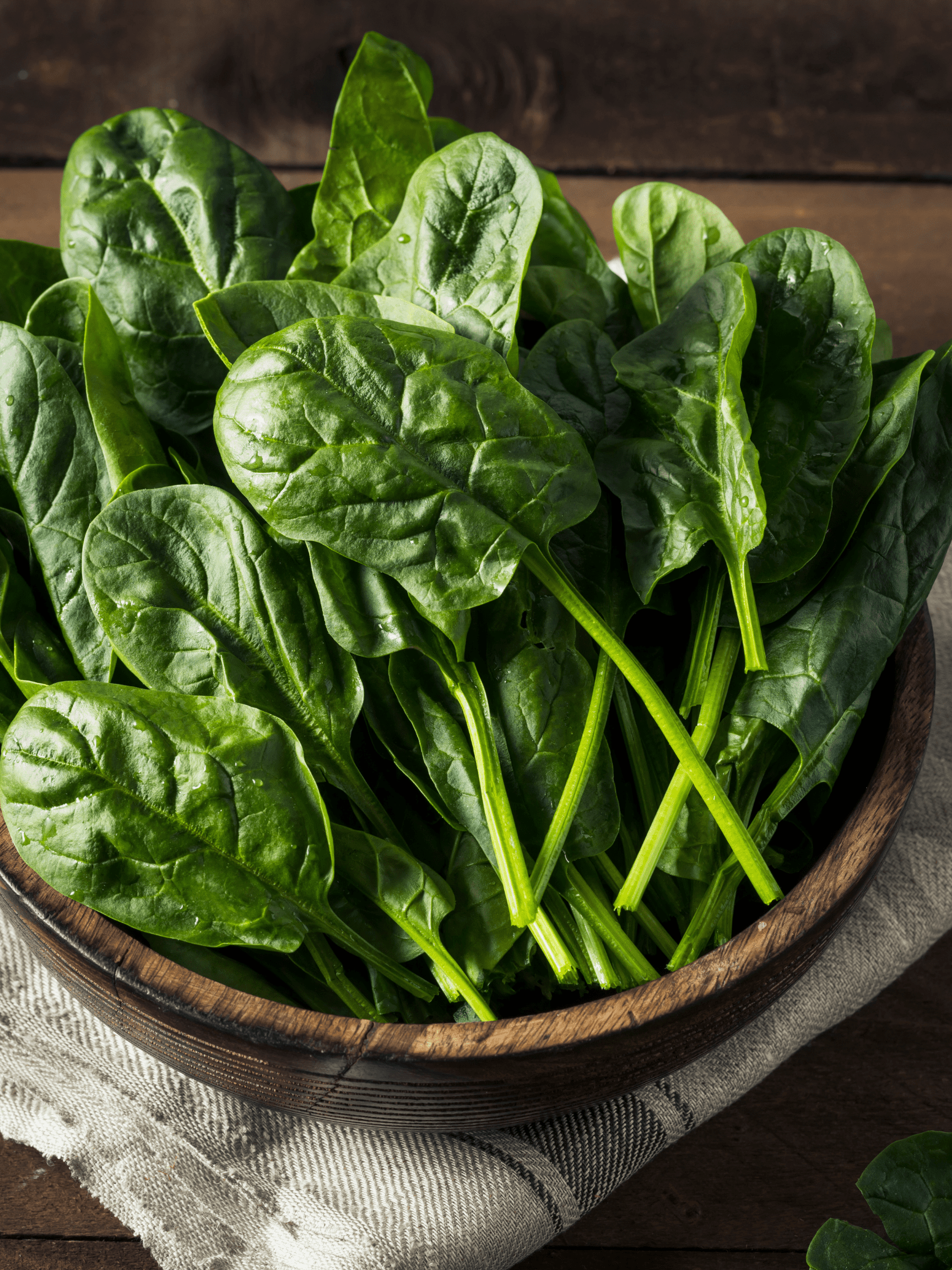
Potatoes: Potatoes make great partners for broccoli. Potatoes don’t compete for nutrients… feeding heavily on magnesium and phosphate whereas Broccoli uses a lot of calcium and nitrogen.
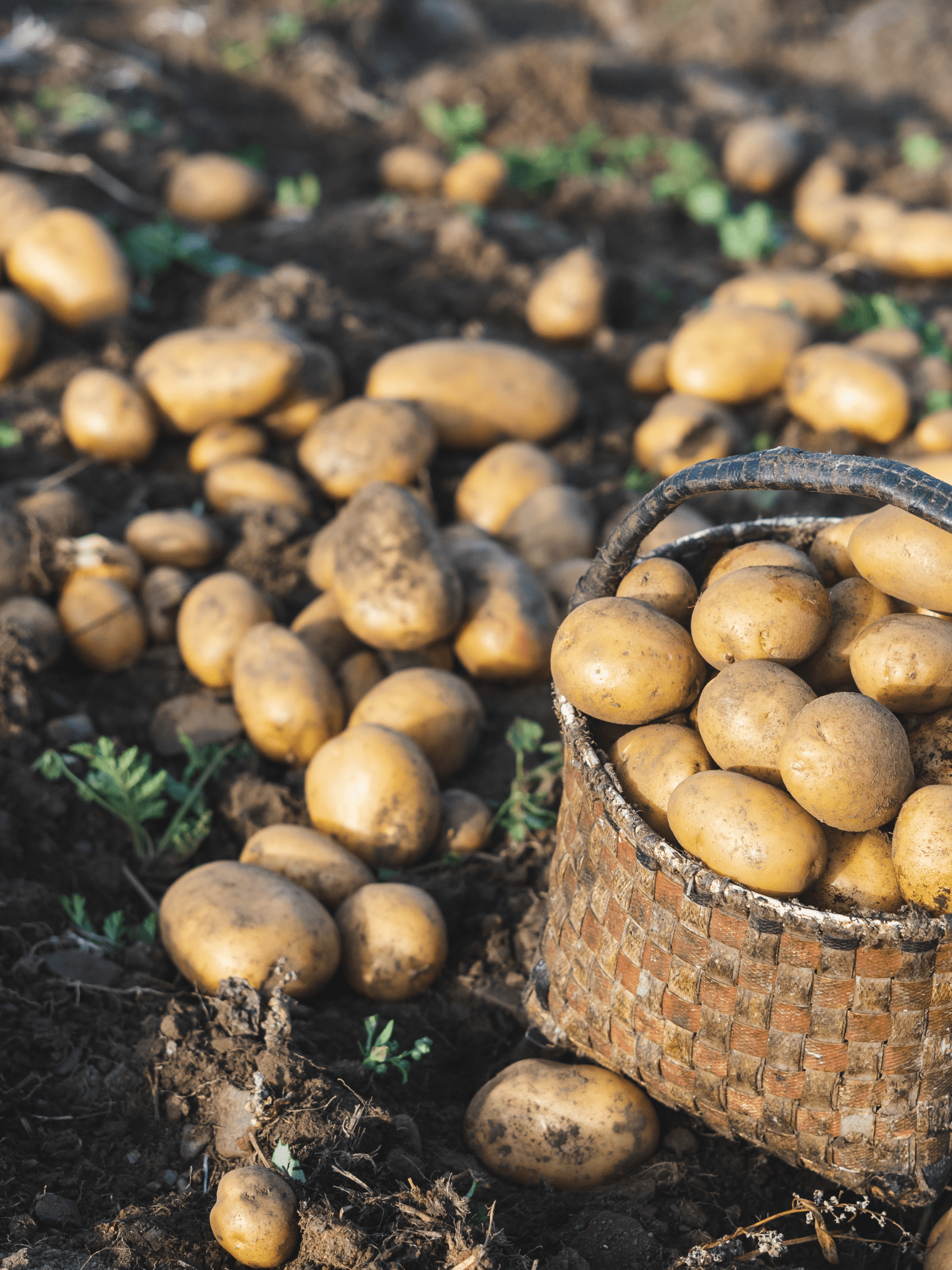
Nasturtiums + Marigolds: Nasturtium and Marigolds act as trap crops for insects such as cabbage worms. The worms flock to the nasturtium and marigolds and leave the broccoli alone. Once infested, the flowers need to be removed and disposed of… far far away!
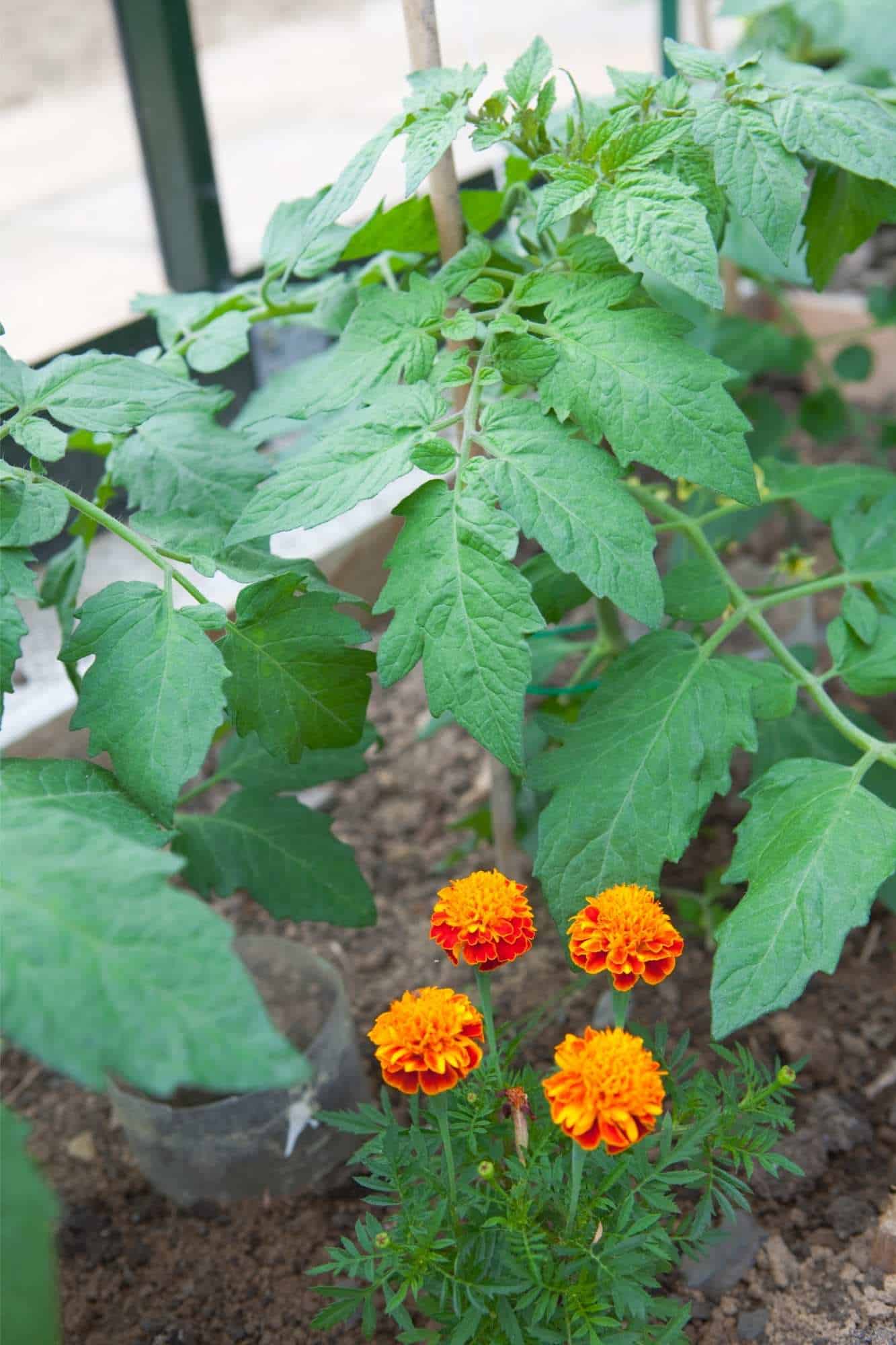

Fragrant Herbs: Fragrant herbs can help to deter unwanted pests from taking up residence on your broccoli plants. Herb flowers also attract beneficial insects that feed on cabbage worms and lacewings. These fragrant herbs include basil, chives, oregano, dill, mint, sage, thyme, rosemary, and more!



Related: Dill Companion Plants
What NOT To Grow With Broccoli (Bad Broccoli Companion Plants)
There are some plants that can have a negative impact on broccoli’s growth and development. The key is not only to look at what grows well with broccoli but also what bad broccoli companion plants are out there!
Brassicas: Brassicas including turnips, cabbage, and cauliflower compete for nutrients and water and can stunt broccoli’s growth making them bad broccoli companion plants. All brassicas are heavy feeders and can easily hog nutrients.
Planting additional brassicas like kale and Brussels sprouts next to broccoli creates a monoculture that is more susceptible to disease and pest infestations.

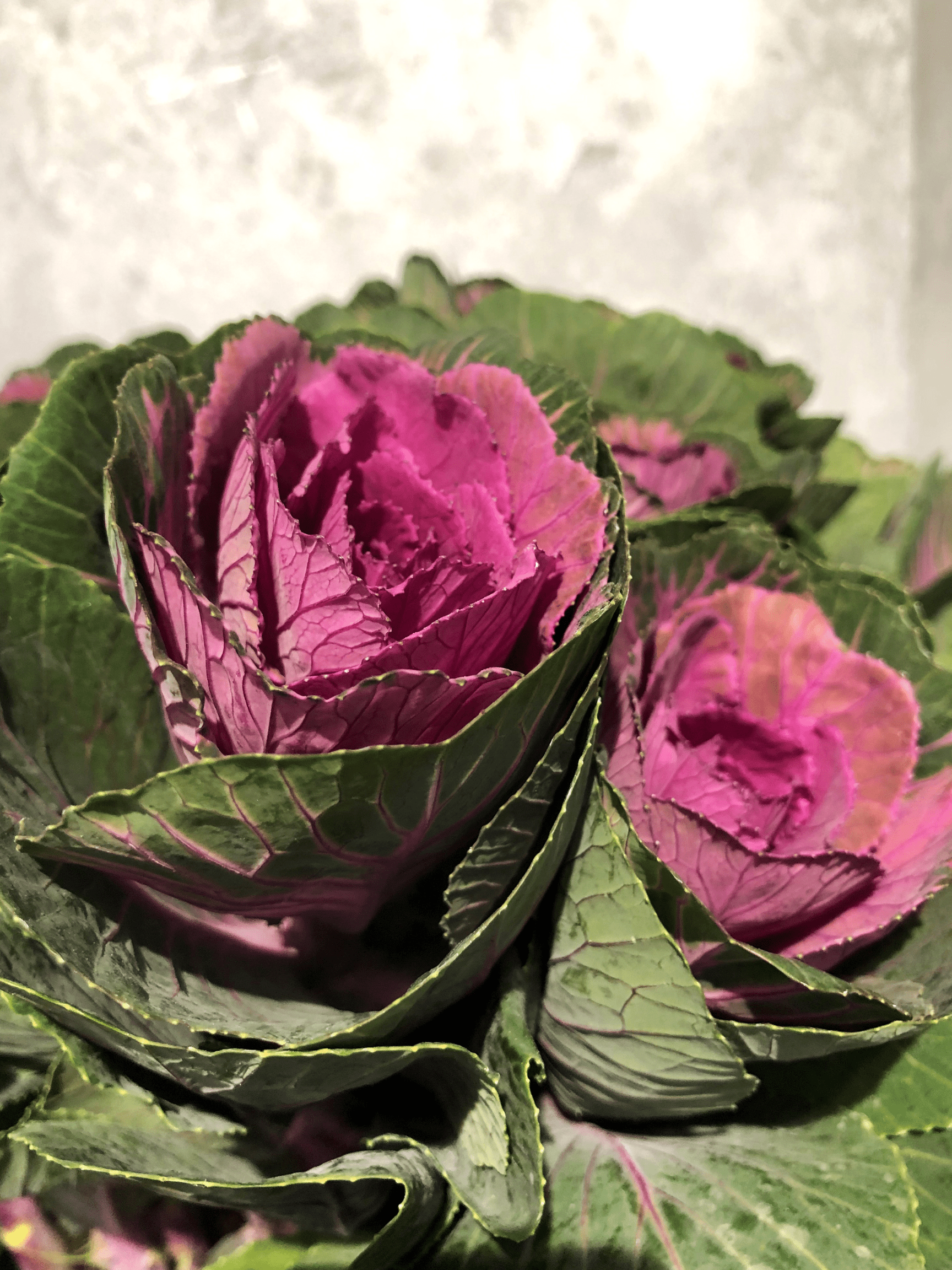
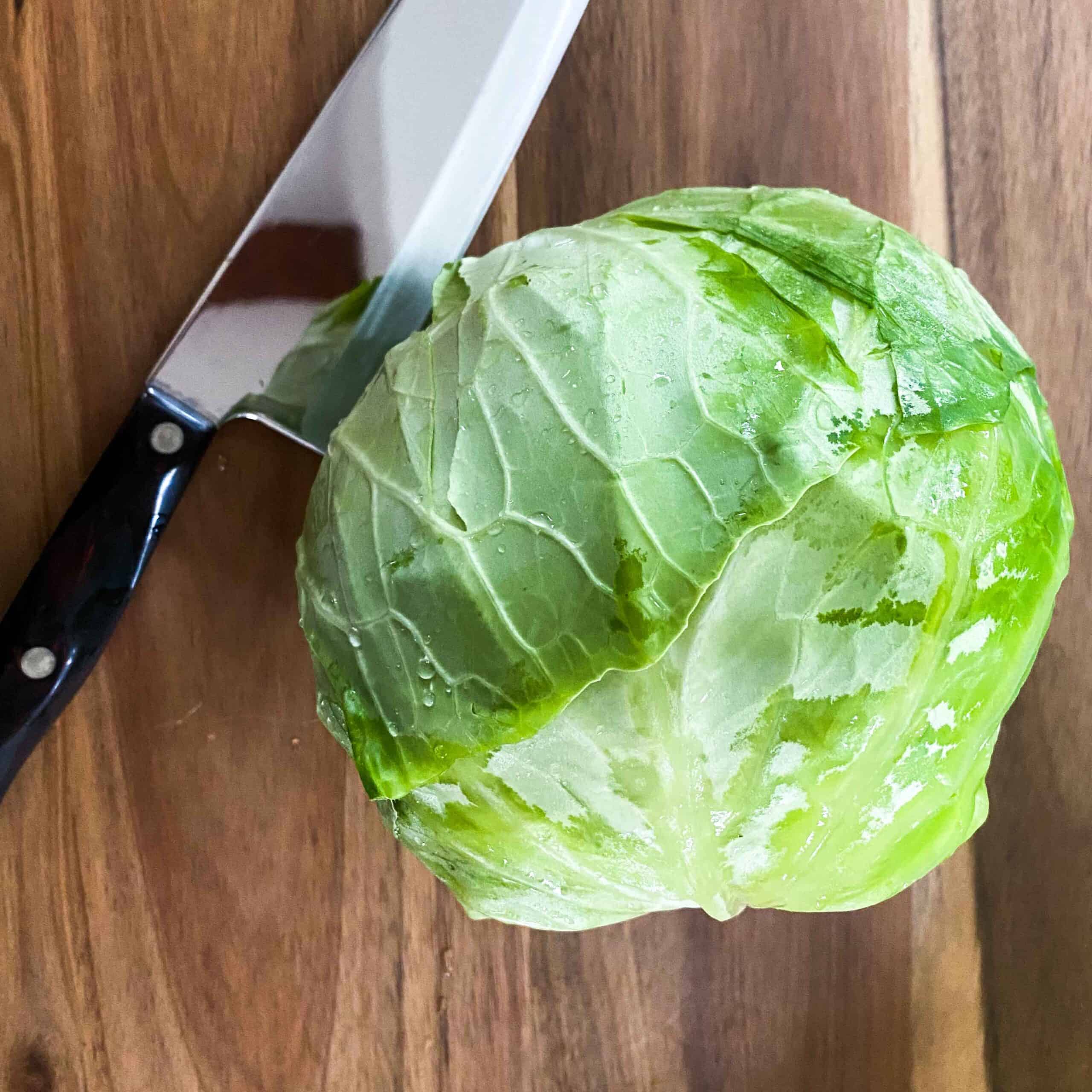
Nightshades: Nightshades such as tomatoes, egg plants, and peppers don’t generally do well with broccoli. They are heavy feeders, competing for nutrients, stripping the soil and stunting your brassica’s growth. Nightshades also tend to be tall, vining plants, competing for sun and space with broccoli.
Strawberries: Strawberries are a low lying, heavy feeding crop– planting them next to broccoli can stunt its growth resulting in a poor broccoli crop.
Strawberries also attract pests that will adversely affect broccoli such as slugs.
Interestingly enough, there may be benefits to rotating strawberry crops and broccoli crops due to broccoli’s anti-fungal properties. Read more about that here, and here.
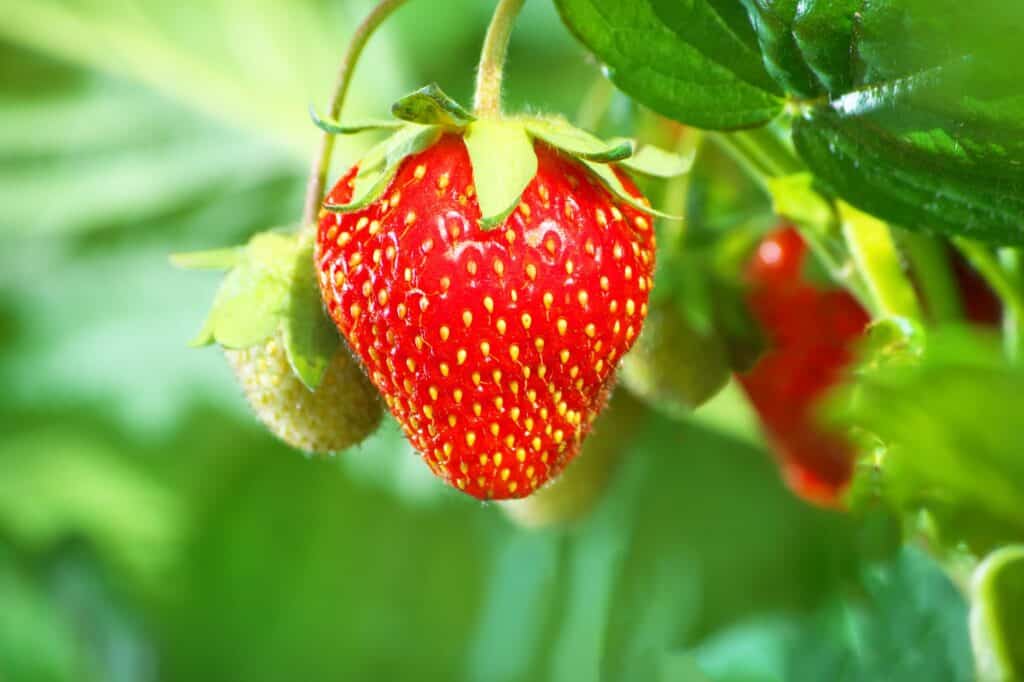
Cucurbits (members of the gourd family): Cucurbits such as watermelon, cucumbers, pumpkins, and other squash are heavy feeders, they vine heavily and can rob broccoli plants from nutrients, sunlight, and space.
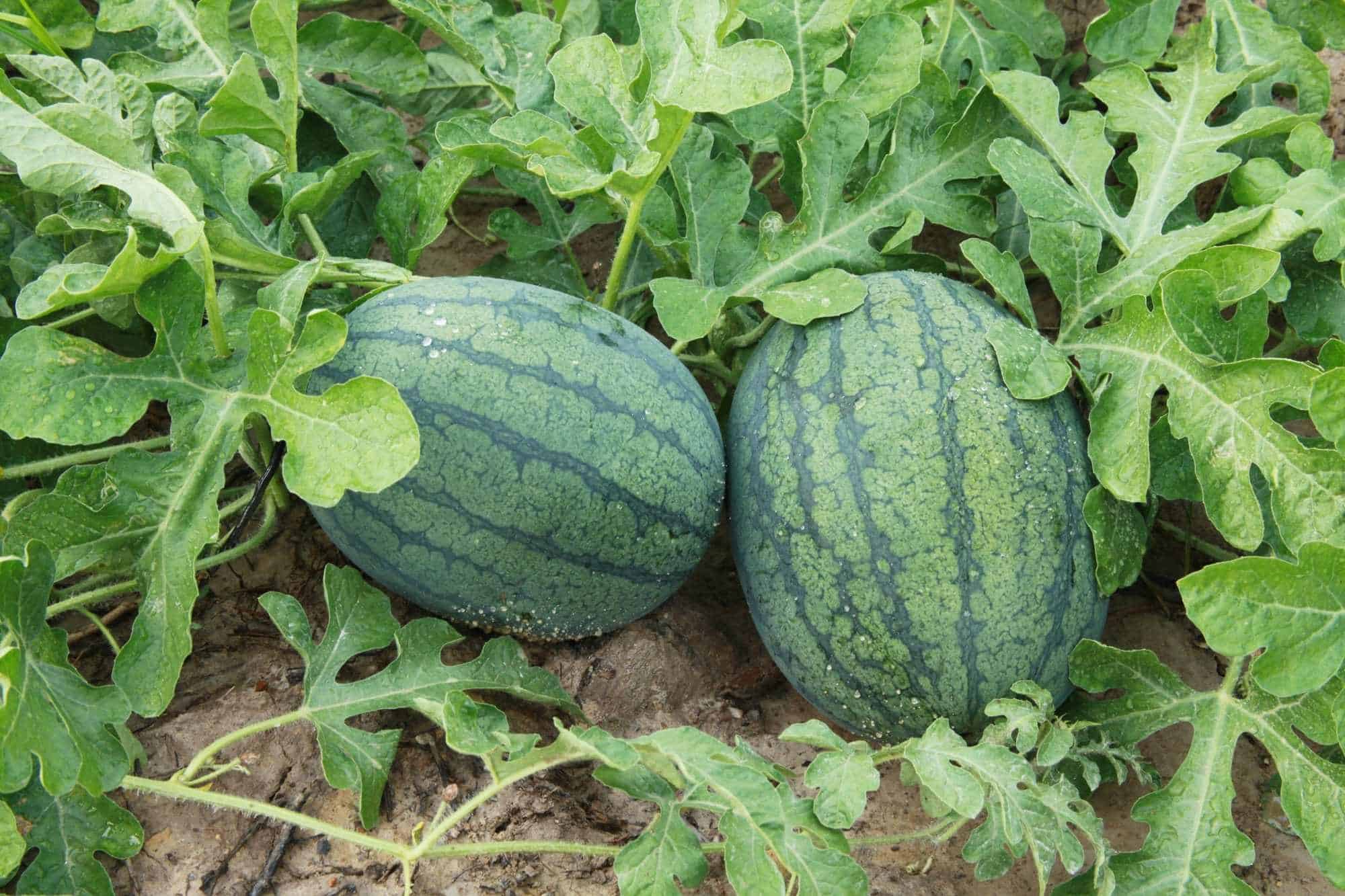
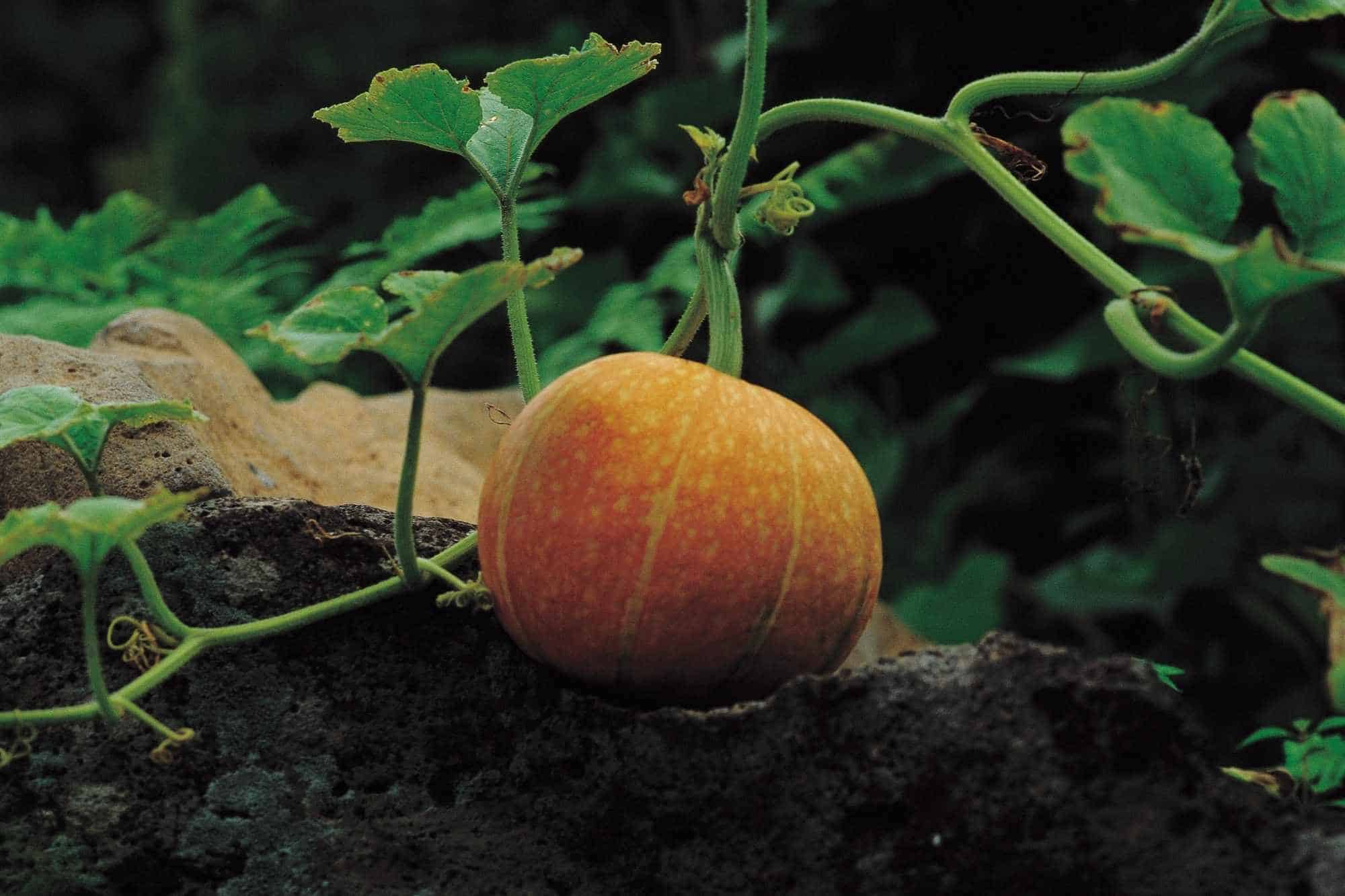
Frequently Asked Questions About Planting Broccoli
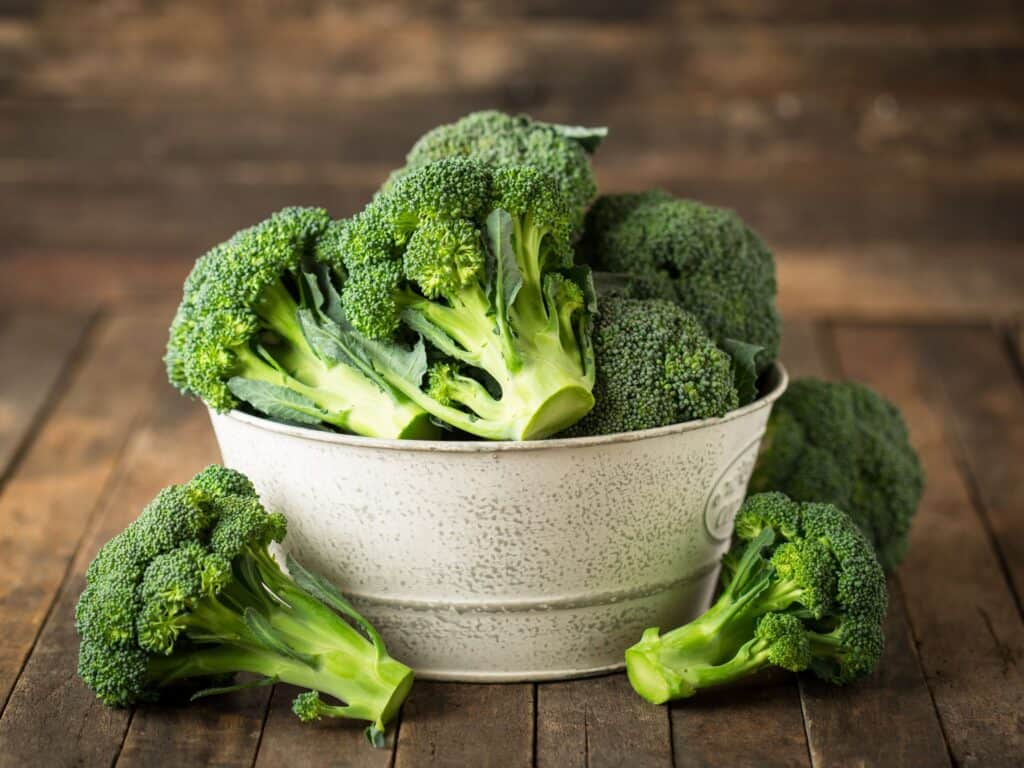
Both cauliflower and broccoli are heavy feeders, competing for nutrients and attracting the same pests and diseases. It is a good idea to keep cauliflower and broccoli apart in the garden.
Plant broccoli in well draining soil, in a sunny location where it gets at least 6 hours of full sun.
Always consult the back of your seed packages to see how many days to maturity. Find out your last frost date here. Generally, starting seeds indoors 6 weeks before your last frost date (early April) is good practice.
Broccoli Recipes Ready For Harvest Time
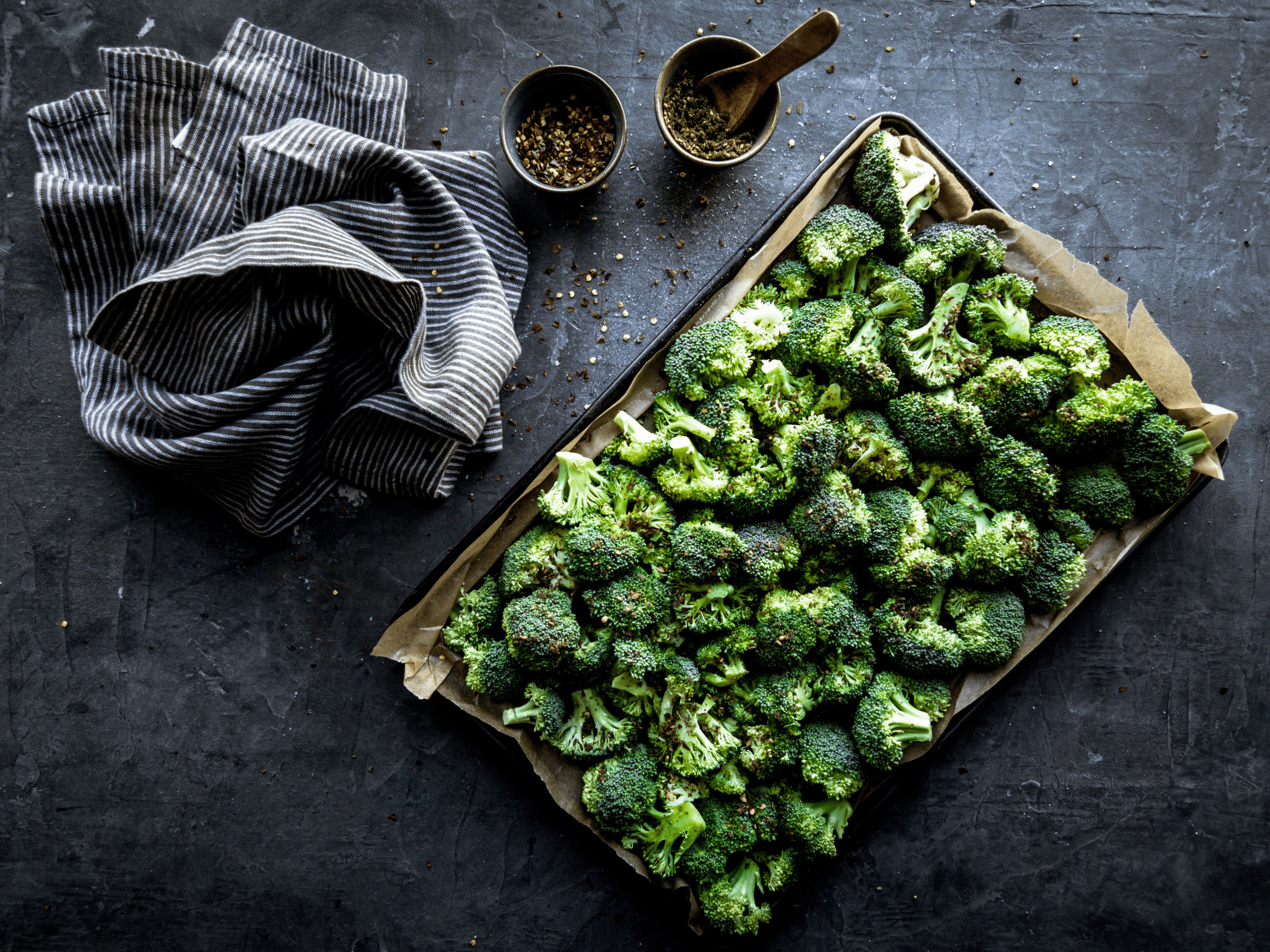
Broccoli Soup: Check out this simple “20 Minute Broccoli and Cheddar Soup” recipe by Spend With Pennies for an easy lunch or supper. Top with a sprinkle of cheese and serve with Whole Wheat Sourdough.
Smoked Broccoli: Is there anything better than that smokey flavor? Serve this smoked broccoli with your favorite smoked spatchcock chicken or smoked tri tip roast.
Broccoli Salad: Try out this classic broccoli salad recipe full of bacon, sunflower seeds, cranberries and cheddar cheese.
Broccoli Companion Planting Printable Guide
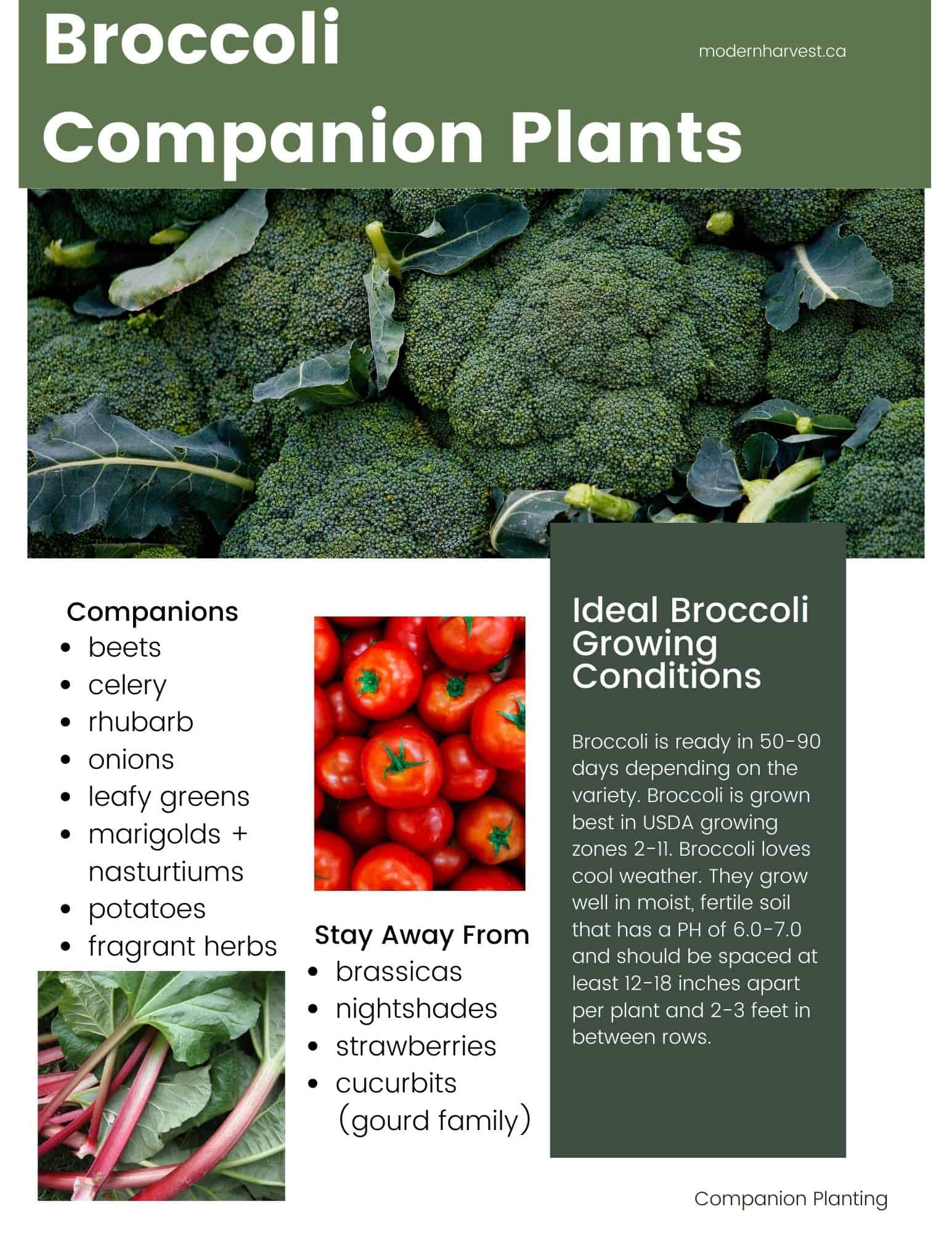
Pin It!
